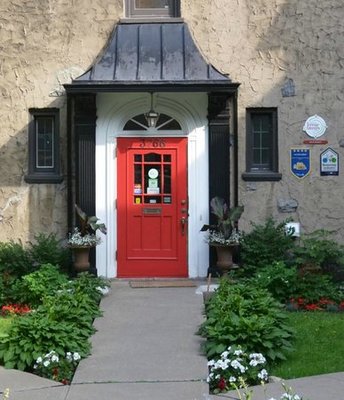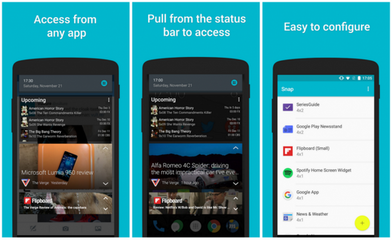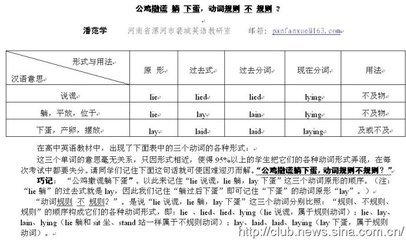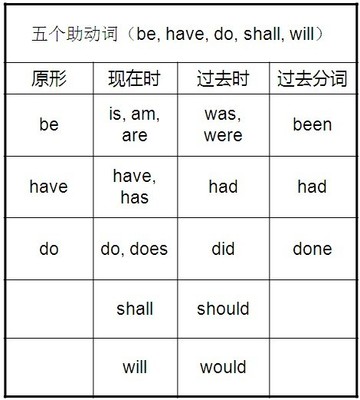used to,be/get used to doing,be used to do的用法区别
used to do 过去常常…… be/get used to sth./doing sth.. 习惯于…… be usedto do 被用来做……
(1) used to dosth. 过去常常……(现在已不如此)
We used to grow beautifulroses.
注意:否定句和疑问句有两种
You usedn’t to make thatmistake.
She didn't use(d) to do it, didshe?
You used to smoke a pipe, didn'tyou? / use(d) n't you?
【区别】
(2) be / get / become used to + n./ doing 习惯于
I have always been used to hardwork.
He got used to living in thecountry.
(3) be used to do被用来做……
This knife is used to cutbread.
A. 选用适当的词组填空:
1. Life here is much easier than it ____________ be.
2. He ______________ hard work.
3. I’ve lived in Paris for six years now, so I’m quite _________the traffic.
4. It’s difficult to understand Scottish people ifyou______________ their accent.
5. It was a bit of a shock: I___________________ paying so muchfor a sandwich and a glass of beer.
6. I don’t play tennis much these days, but I ____________.
7. The wood ______________ make desks and chairs.
B. 动词填空:
1. You’ll soon get used to ___________(live) in the country.
2. I never used to ___________(eat) cakes, but I eat a lotnow.
3. I’m not used to _____________(treat) like this.
4. When I was younger I was used to ____________(walk) longdistances.
5. I used to ___________(go) swimming on Saturdays.
6. Didn’t she use to ____________(live) in Germany?
C. 翻译句子:
1.几个月后他就习惯了一个人生活了。
_____________________________________.
2.我过去一直住在伦敦。
_____________________________________.
3.刀是用来切东西的。
_____________________________________.
4.人们曾认为地球是扁的。
_____________________________________.
D. 中考链接
( )1. There ________ a lotof red-crowned cranes in this area.
A.was usedto B.was used tobe C.usedto D.used to be
( )2. She used to ______with her parents, but now she is used to ______ with herclassmates
atschool. (泰州)
A. live;livingB.live;liveC.living;livingD.living; live
( )3. He used to ____ in asmall village, but now he has been used to ___ in the big city.(镇江)
A. live;livingB.live; liveC.living;livingD.living; live
( )4. Mrs Green _______ goto hospital, but now she is in good health.
A. hasto B.needtoC.used toD.ought to
1. My cousin is used to ________(study) with his new friends inAustralia. (南京)
2. My mother is used to ________(get) up early to cook breakfastfor us. (一模)
3. Mr Bush is used to __________(get) up early in the morning.(一模)
4. Jim has lived in Australia for two years. He is used to_________(驾驶) on the left.
相关拓展(初中学生了解即可,不要求运用)
used to 正式的否定形式为usedn’t 疑问形式为used提前。
I usedn’t to like her. 我未曾喜欢过她。
Used you to go there? 您过去可常去那里?
There used to be a cinema here, usedn’t there?
但在口语中或不拘谨的书面语中其否定及疑问形式均与did连用。
I didn’t use to like her.
Did you use to go there?
There used to be a cinema here, didn’t there?
参考答案:
A.
1. used to 2. is used to 3.used to 4. are not used to 5.was not used to 6. used to 7.is used to
B.
1. living 2. eat 3. beingtreated(该题为动名词的被动形式,初中不作要求) 4.walking 5. go 6. live
C.
1. He was used to living alone several month later.
2. I used to live in London.
3. The knife is used to cut things.
4. People used to think that the earth was flat.
D.
1. D 2. A3. A 4. C
1. studying 2. getting 3.getting 4. driving
 爱华网
爱华网



